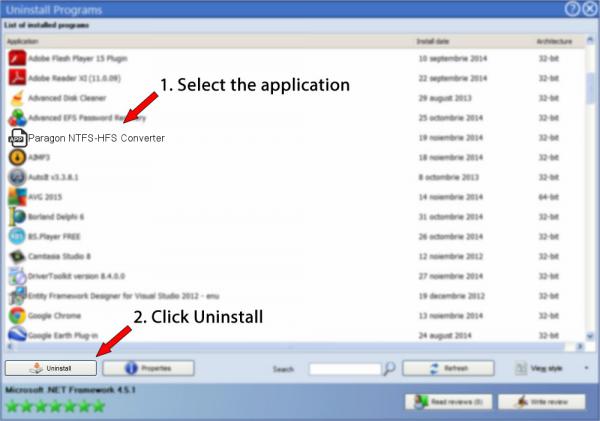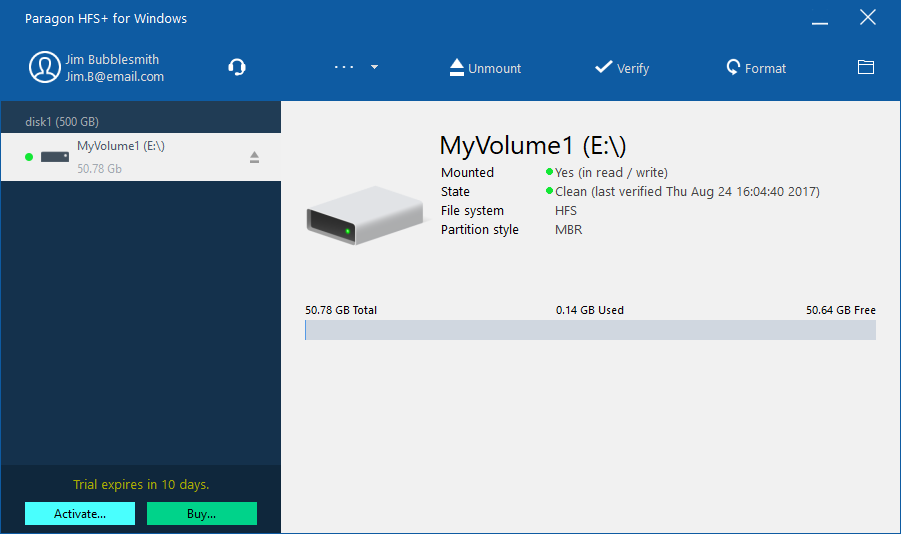

Paragon HFS for Windows is the only solution that provides full read-write access to HFS /HFSX partitions on any type of disks (GPT, MBR) under most of Windows versions.

If you work on a Windows-based computer and want to read and write files on APFS-formatted HDD, SSD or flash drive, you need APFS for Windows by Paragon Software.Įxperience total communication between Mac & Windows with the industry’s highest performing file system technology. Mount, unmount, verify, format or set any of your Microsoft NTFS volumes as a startup drive.Īpple File System (APFS) is a new file system for macOS, iOS, and Apple devices. Write, edit, copy, move and delete files on Microsoft NTFS volumes from your Mac! Fast, seamless, easy to use. If you work on a Mac computer and need to read or write files from HDD, SSD or a flash drive formatted under Windows, you need Microsoft NTFS for Mac by Paragon Software. Microsoft NTFS is one of the primary file systems of Windows. Microsoft NTFS for Mac by Paragon Software (formely Paragon NTFS for Mac) Using this on any kind of RAID that's split into multiple volumes is likely disastrous and unworkable.Paragon Mac Toolbox is the ultimate Paragon Software toolkit for users facing cross-platform limitations and incompatibilities when switching between Mac and Windows OS. It seems to me that this tool has to have only 1 partition, or, perhaps it will only work with the very first partition in the list. Disk Management does see the format of both drives, but won't mount either of them. The tool ran and converted the HFS partition, but not both partitions are not visible or mountable on a Windows machine. The ExFat one was created first and therefore was the first partition. As a test, I took an external drive with 2 partitions: 1 ExFat partition, and 1 HFS+ partition. However, in testing this further it appears that this tool has a limitation: if you ever have more than 1 partition, the volume will not be visible or mountable on a windows machine. PCs now can see and mount the converted NTFS volume. Once I removed them via Disk Utility (in Debug Mode), the program worked as expected. As a follow-up, I followed the instructions here to remove the EFI partitions:


 0 kommentar(er)
0 kommentar(er)
